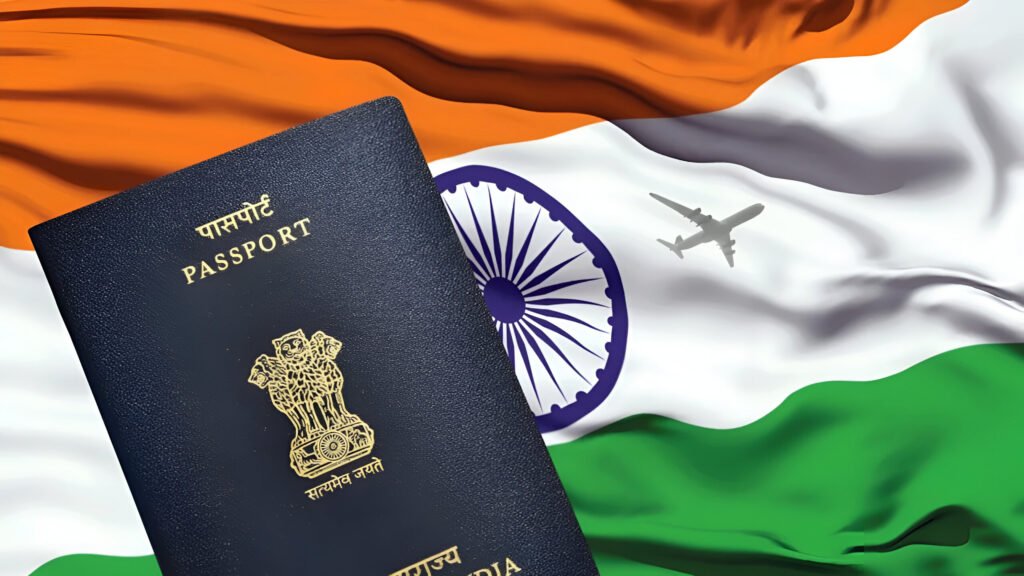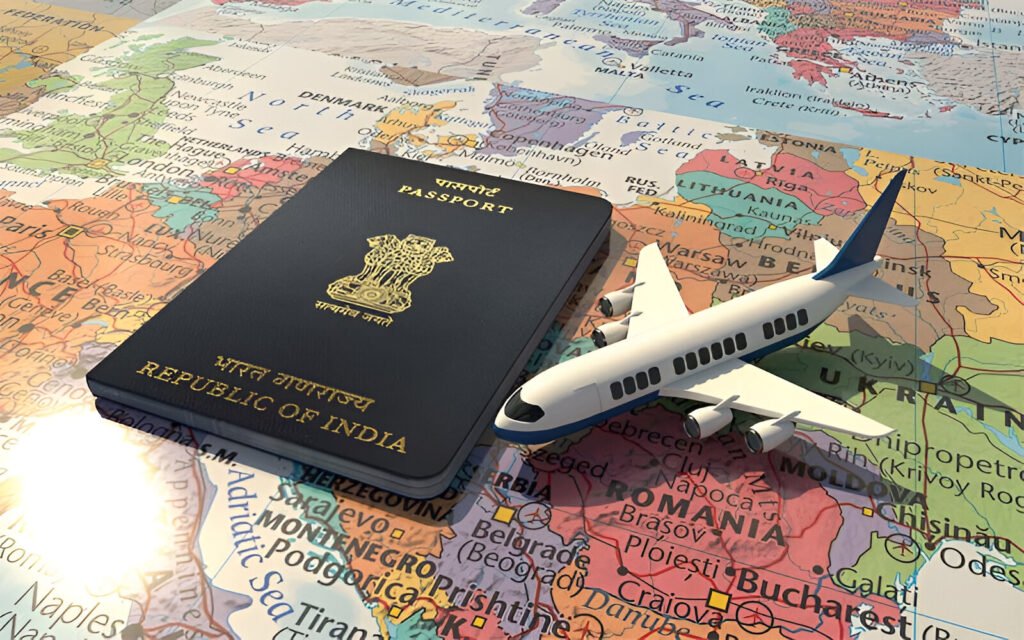
With the introduction of e-passports, India has entered an era of digital travel documents that will vastly improve the security, operational efficiency, and convenience of international travel. As the government speeds up this move under the Passport Seva Programme 2.0, here is a complete guide for Indian citizens and regular travelers on the new e-passport system.
What is an e-passport?
The Indian e-passport is a new form of documented ID for international travel that now comes with advanced security features. It embeds a secure electronic chip and antenna within the traditional passport booklet. This chip, known as RFID (Radio Frequency Identification), secures the holder’s personal and biometric information, including photographs, fingerprints, and other identifiers, all encrypted to international standards. E-passports also contain a gold-colored emblem, further distinguishing them from the ordinary passport.
Why Has India Launched E-Passports?
The introduction of e-passports is a policy change within India to modernize public services and enhance security at international borders. Through these technological advancements, India seeks to
- Improve the integrity of travel documents.
- Combat identity fraud and passport forgery.
- Facilitate faster and streamlined immigration processes for travelers.
Important Features and Security Improvements
E-passports have additional features that separate them from traditional passports.
- RFID Chip Embedded: Tracks personal and biometric details in encrypted form, which are virtually impossible to duplicate or forge.
- Public Key Infrastructure: Guarantees authenticity, restriction of use, and confirms data integrity.
- Administrative Verification: Allows access to use e-gates at airports for faster immigration processes. This reduces manual checks and wait time.
- Global Compliance: All international standards are complied with, thus facilitating smooth borderless travel to countries such as the US, UK, and Canada, which have already adopted and are utilizing e-Passports.
Who is issuing e-passports?
As of May 2025, e-passports are being issued in the Indian cities of Nagpur, Bhubaneswar, Jammu, Goa, Shimla, Raipur, Amritsar, Jaipur, Chennai, Hyderabad, Surat, Ranchi, and Delhi. The government intends to broaden this to all Passport Seva Kendras in the country by mid-2025, which will allow all Indian citizens to obtain it.

Steps to Obtain an E-Passport
Obtaining an e-passport is similar to getting a traditional passport:
- Log on to the Passport Seva Portal and apply online.
- Schedule an appointment at the nearest PSK or POPSK.
- Provide biometric information alongside requisite documents.
- After processing, the e-passport will be sent to the specified address.
What If Existing Passports Are Still Active?
Current holders of traditional passports need not press the panic button, as the existing documents remain valid until they are out of date. There is no legal obligation to immediately switch to an e-passport. It’s gradual and optional for all travelers.
Pros for Indian Travelers
The introduction of e-passports has added some benefits for Indian travelers —
- Robust protection from identity theft, forgery, and unauthorized access to protected information makes Enhanced Security.
- Timely boarding at terminals due to automated checks and e-gates enhances faster immigration.
- E-passports can be used with the systems of many countries, making international travel hassle-free, so they have global acceptance.
- With more countries set to adopt e-passport technology, Indian travelers will be future-ready.
India joins the global e-passport community.
With this rollout, India strengthens its commitment to safe and secure travel and modern documentation, joining the roster of nations that have already adopted e-passports, including the United States, Canada, Mexico, the UK, and Germany.











